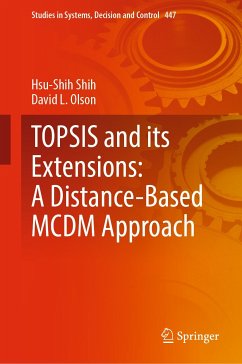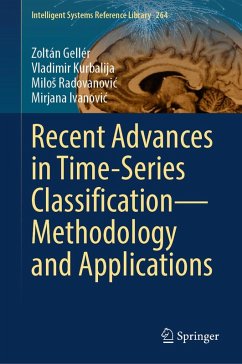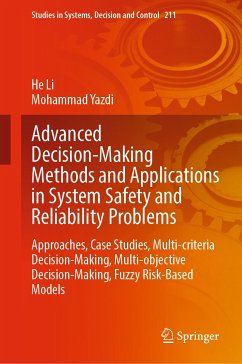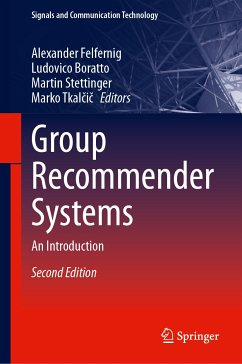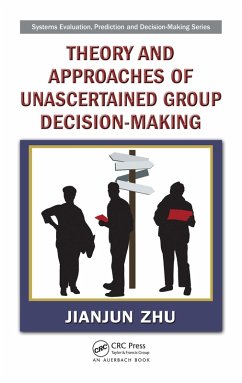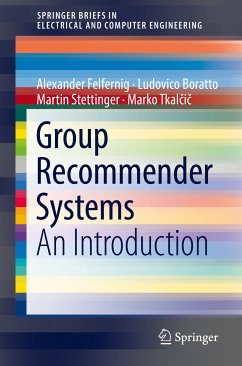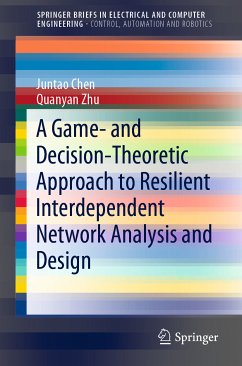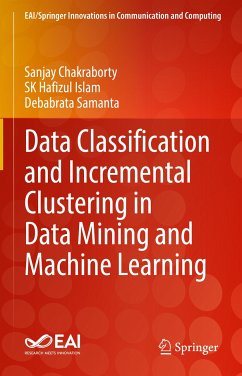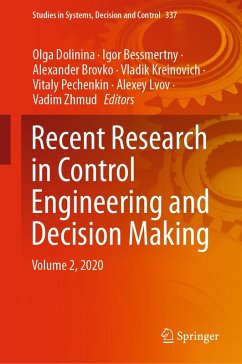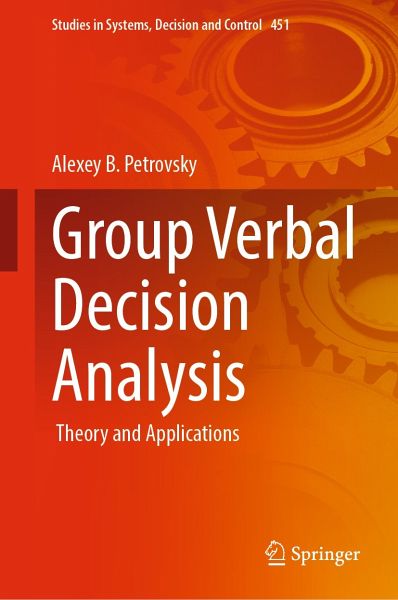
Group Verbal Decision Analysis (eBook, PDF)
Theory and Applications
Versandkostenfrei!
Sofort per Download lieferbar
120,95 €
inkl. MwSt.
Weitere Ausgaben:

PAYBACK Punkte
60 °P sammeln!
This book describes an original approach to solving tasks of individual and collective choice: classification, ranking, and selection of multi-attribute objects. Object representation with multisets allows considering simultaneously numerical and symbolic variables. In group verbal decision analysis, judgments of all participants are taken into account without a compromise between contradictory. Natural language is used to describe problems and objects, formalize knowledge of experts and preferences of decision makers, and explain results. Verbal methods and technologies are more transparent, ...
This book describes an original approach to solving tasks of individual and collective choice: classification, ranking, and selection of multi-attribute objects. Object representation with multisets allows considering simultaneously numerical and symbolic variables. In group verbal decision analysis, judgments of all participants are taken into account without a compromise between contradictory. Natural language is used to describe problems and objects, formalize knowledge of experts and preferences of decision makers, and explain results. Verbal methods and technologies are more transparent, less laborious for a person, and weakly sensitive to measurement errors. The book also includes examples of applying new tools in real ill-structured high-dimensional choice tasks. It is intended for researchers, managers, consultants, analysts, and developers as well as for teachers and students of applied mathematics, computer science, information processing, engineering, economics, and management.
Dieser Download kann aus rechtlichen Gründen nur mit Rechnungsadresse in A, B, BG, CY, CZ, D, DK, EW, E, FIN, F, GR, HR, H, IRL, I, LT, L, LR, M, NL, PL, P, R, S, SLO, SK ausgeliefert werden.



